
Biceps Femoris Anatomy Origin, Insertion & Action YouTube
The biceps femoris ( / ˈbaɪsɛps ˈfɛmərɪs /) is a muscle of the thigh located to the posterior, or back.
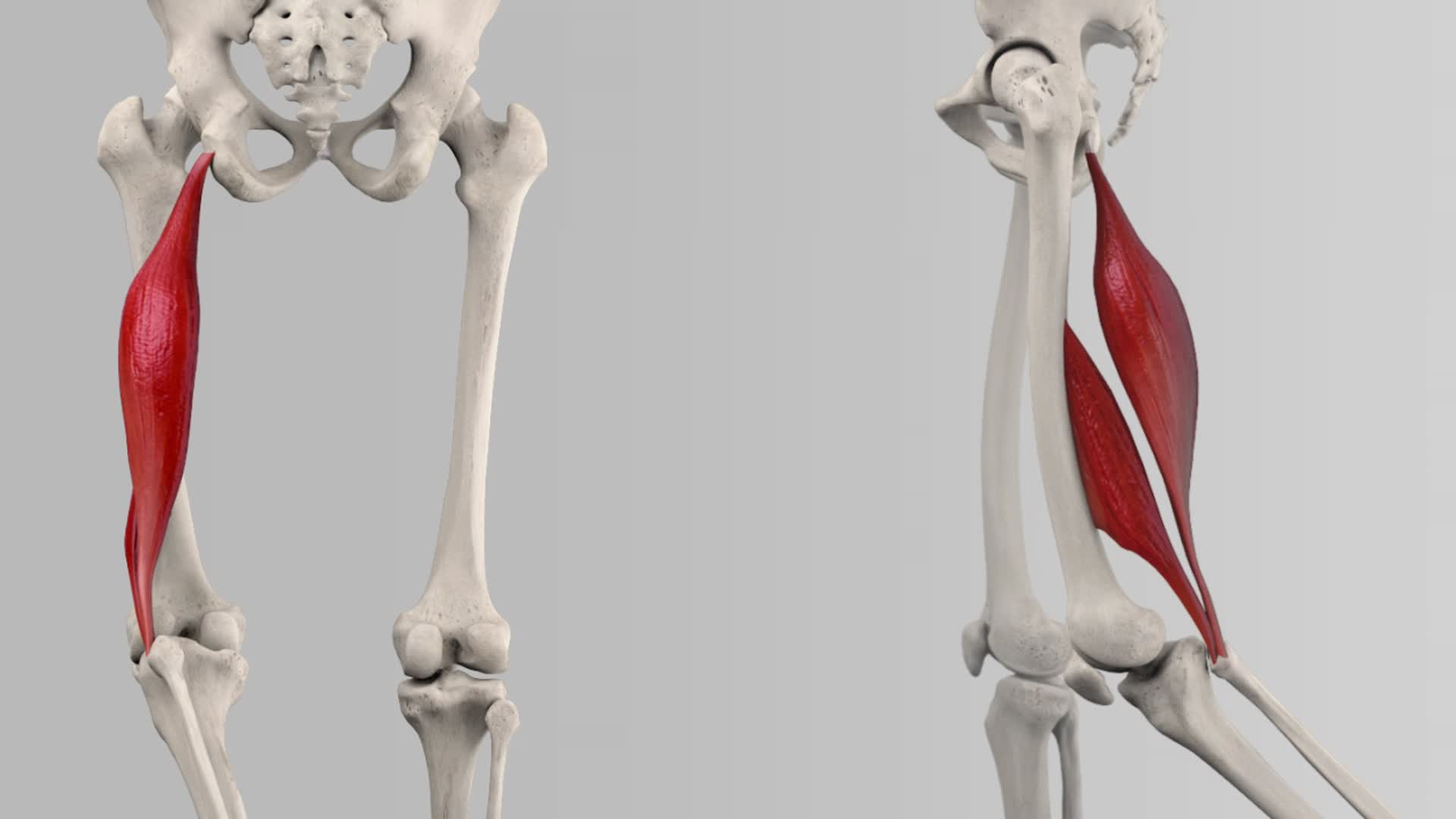
Musculus biceps femoris DocCheck
The biceps femoris is a long muscle in the posterior compartment of the thigh responsible for movement at both the hip and knee joints. Along with the semitendinosus and semimembranosus, the biceps femoris makes up the hamstrings muscle. The muscles of the hamstring border the popliteal fossa, which is a triangular space behind the knee.
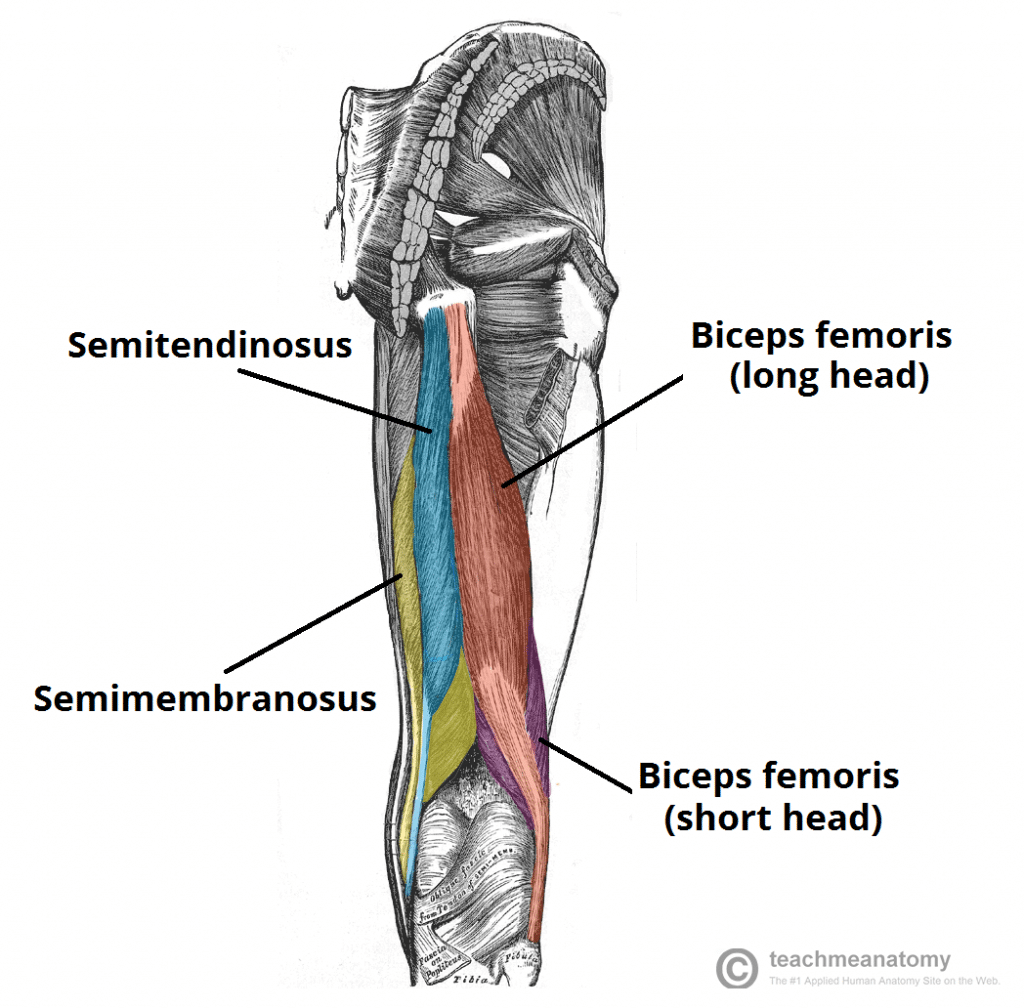
Biceps Femoris Attachments Actions TeachMeAnatomy
The biceps femoris is one of the large muscles in the posterior compartment of the thigh and a component of the hamstrings. It has a long and a short head, each with different functions and innervation. Its medial border forms the superolateral border of the popliteal fossa. Summary origin long head: medial facet of the ischial tuberosity

Biceps Femoris 5 Exercises and 3 Stretches Inspire US
Description: The Biceps femoris ( Biceps) is situated on the posterior and lateral aspect of the thigh. It has two heads of origin; one, the long head, arises from the lower and inner impression on the back part of the tuberosity of the ischium, by a tendon common to it and the Semitendinosus, and from the lower part of the sacrotuberous.

Anatomical model showing the biceps femoris muscles Stock Photo Alamy
The biceps femoris (Latin: musculus biceps femoris) is a long and thick two-headed muscle of the lower limb located in the posterior compartment of the thigh.It is the most lateral muscle of the posterior compartment stretching between the hip bone, femur and fibula.Together with the semitendinosus and semimembranosus, the biceps femoris is also known as one of the hamstring muscles.
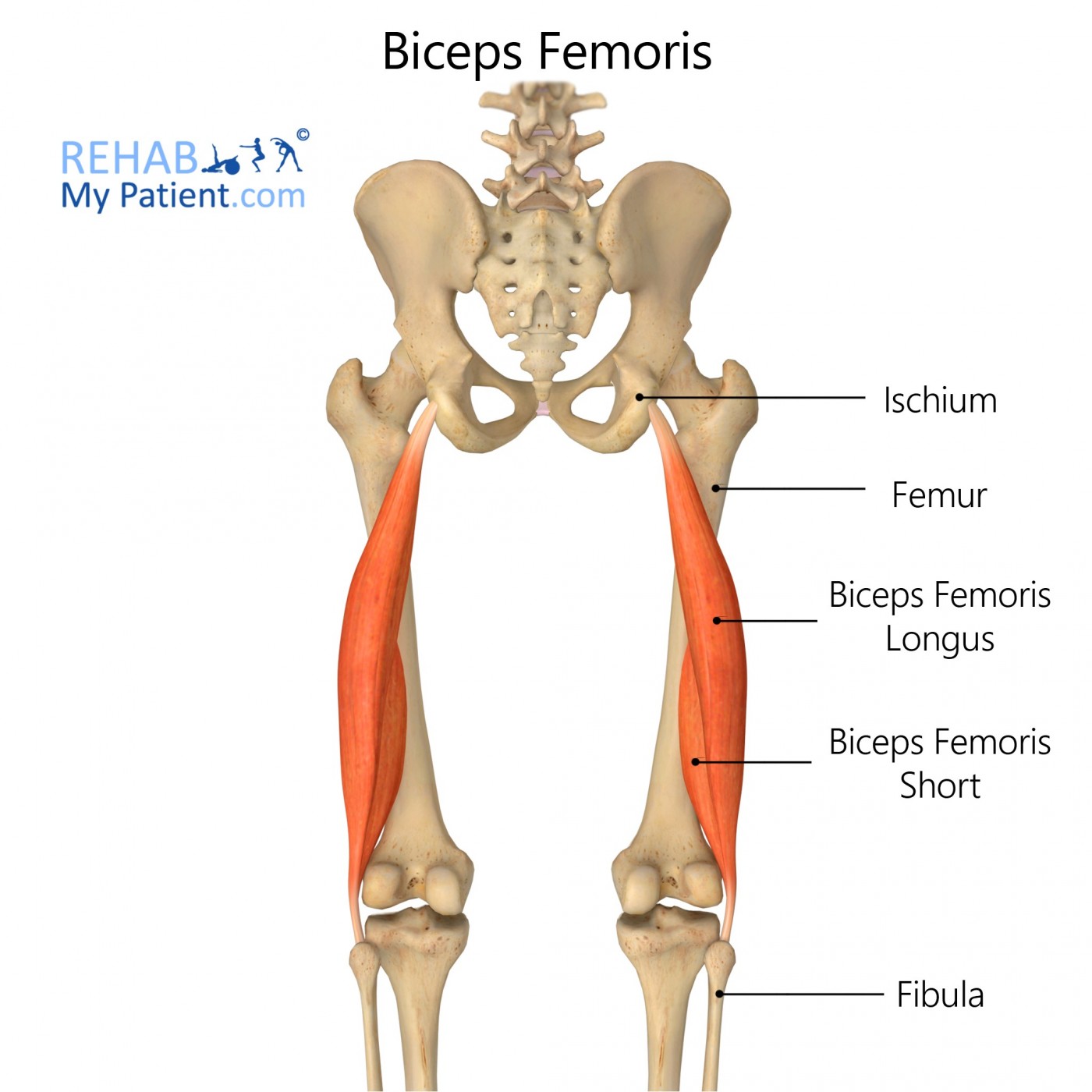
Biceps Femoris Rehab My Patient
Key Features & Anatomical Relations Actions & Testing List of Clinical Correlates References Quick Facts Origin: Ischial tuberosity. Insertion: Head of fibula. Action: Flexes and laterally rotates leg at knee joint; extends thigh at hip joint. Innervation: Tibial division of sciatic nerve (L5-S2).

Muscle Breakdown Biceps Femoris
The biceps femoris is the most lateral of the muscles in the back of the thigh, i.e., it is the closest to the outer side of the leg. The muscle is innervated by two different divisions of the sciatic nerve: the common fibular division (which is also called the common peroneal nerve) and the tibial division.
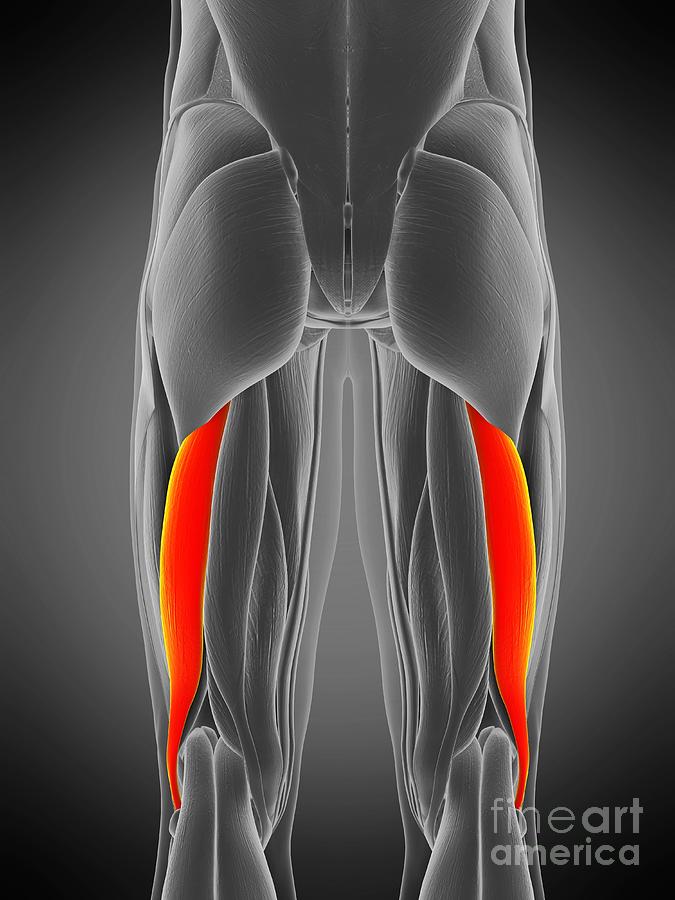
Biceps Femoris Longus Muscle Photograph by Sebastian Kaulitzki/science Photo Library Fine Art
The biceps femoris is a double-headed muscle located on the back of thigh. It consists of two parts: the long head, attached to the ischium (the lower and back part of the hip bone), and the.

Biceps fémoral Photo Stock Alamy
What is the Biceps Femoris? In more technical terms, the biceps femoris is a two-headed (hence "biceps") skeletal muscle, with one superficial head and the other being far deeper in the leg. The origin point is in the femur, while the distal attachment point lies in the fibula of the calves.
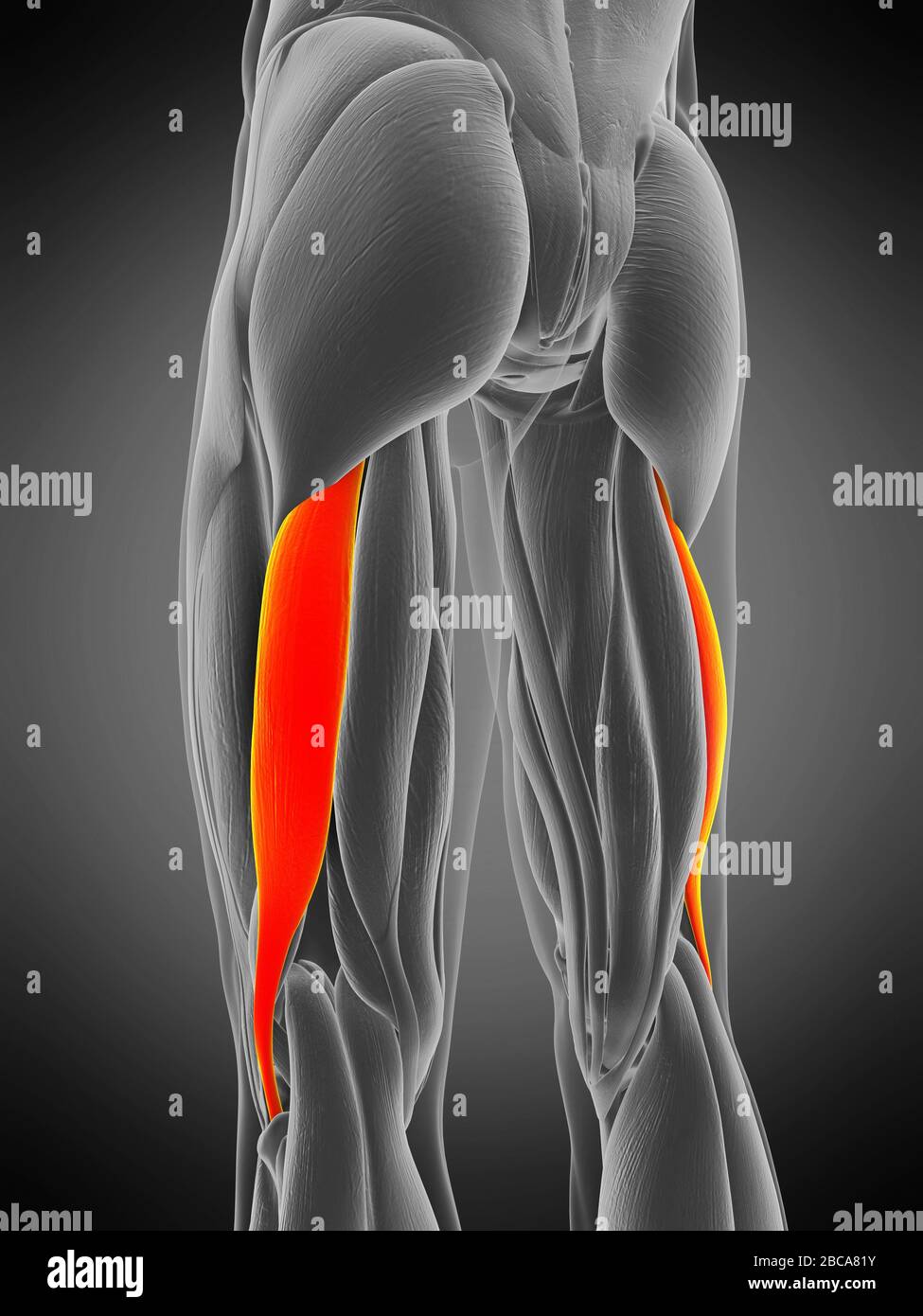
Biceps femoris longus muscle, illustration Stock Photo Alamy
⭐ Biceps Femoris Muscle ⭐💪 Origin (long head): Ischial tuberosity💪 Origin (short head): Linea aspera and the lateral supracondylar line of the femur💪 Inse.

Biceps femoris longus muscle, illustration Stock Image F029/5137 Science Photo Library
Biceps Femoris Tendon. The Biceps Femoris Tendon is an important part of the muscle. This is the part of the muscle that transmits force to the lower leg to produce movement. You can feel the Biceps Femoris Tendon when you flex the knee and feel the area around the posterior-lateral side of the knee. Because of the force generated on the Biceps.
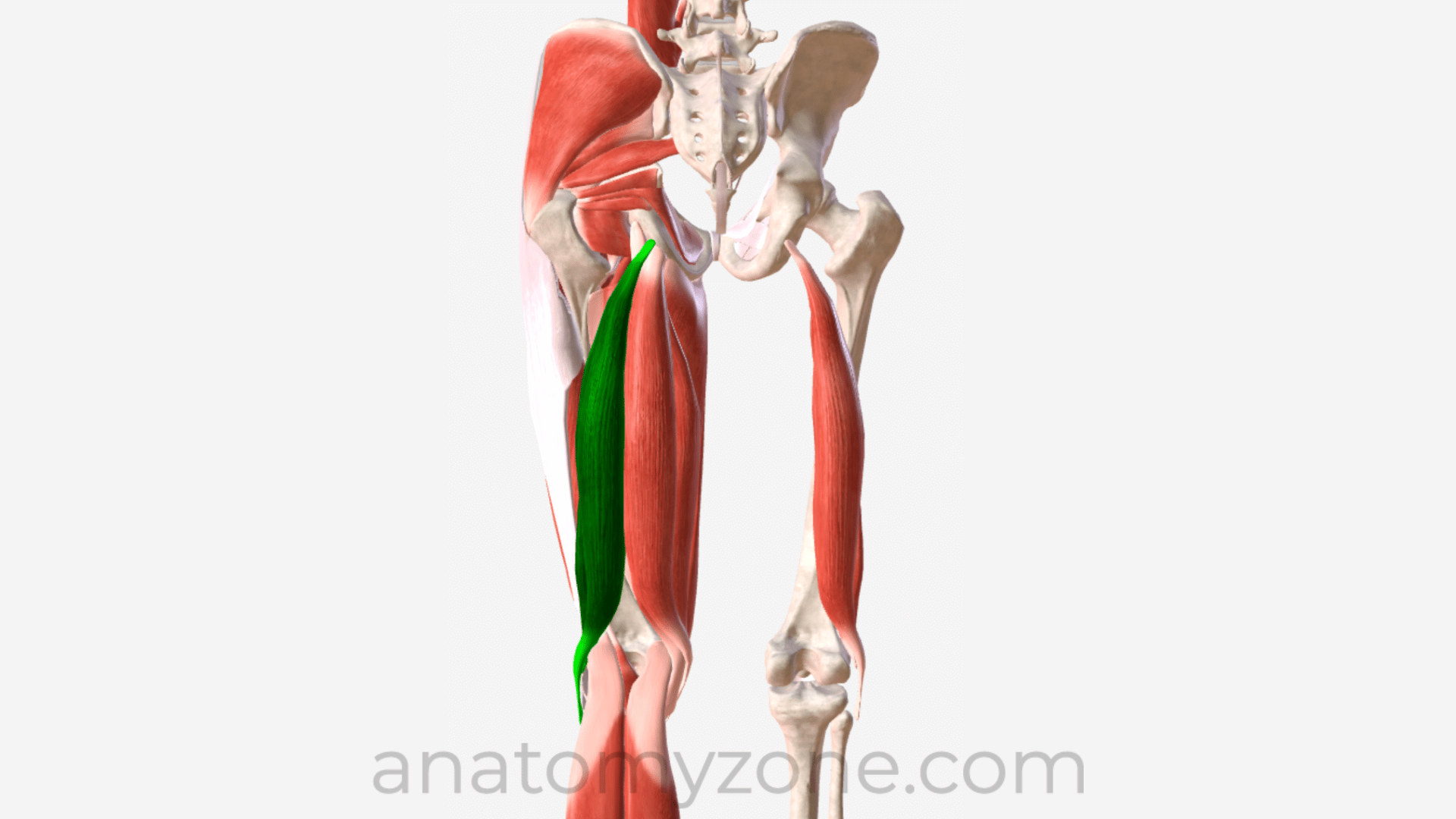
Biceps Femoris Origin, Insertion, Action, 3D Model AnatomyZone
Biceps femoris is a separate name that indicates not one but several muscles located on the back of the thigh. The biceps femoris has two heads - a long and a short one, which together form a muscle that works to flex the lower leg in the knee joint, and turn the thigh in and out.
:background_color(FFFFFF):format(jpeg)/images/library/12929/Biceps_femoris_muscle.png)
Biceps femoris Origin, insertion, innervation, function Kenhub
Description Biceps femoris is a muscle of the posterior compartment of the thigh, and lies in the posterolateral aspect. It arises proximally by two 'heads', termed the 'long head' (superficial) and the 'short head' (deep). It is part of the hamstrings. [1] Anatomy Origin Long head: ischial tuberosity [3]

Pictures Of Biceps FemorisHealthiack
Overall, the biceps femoris muscle contributes to the formation of the popliteal fossa, where the muscle and tendon form its superolateral boundary. The term "hamstrings" is the collective name given to the long head of biceps femoris, semitendinosus, and semimembranosus muscles. These three muscles share similar features, including:
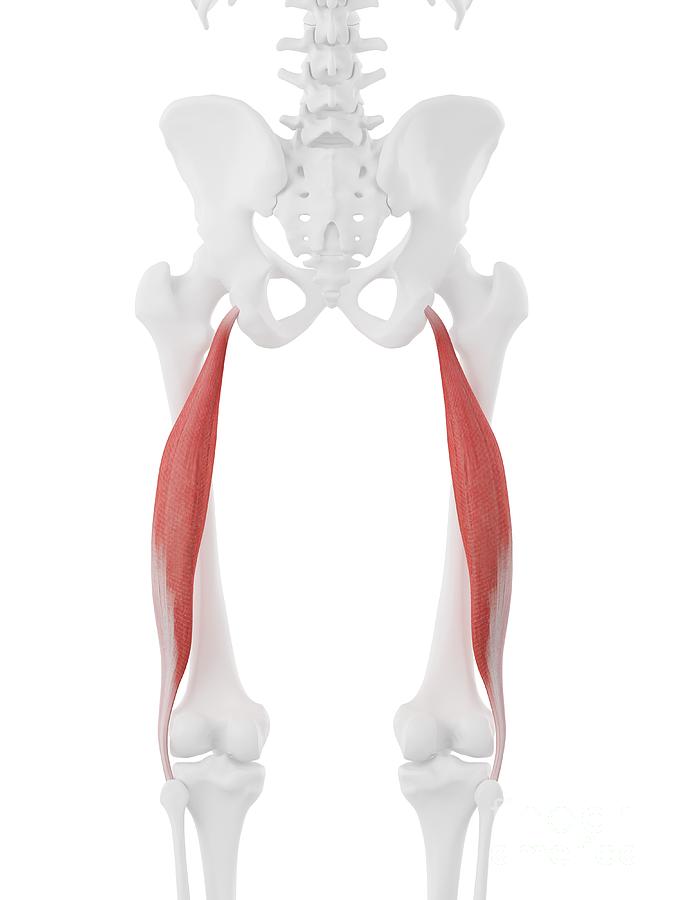
Biceps Femoris Longus Muscle Photograph by Sebastian Kaulitzki/science Photo Library Pixels
Biceps femoris is a long muscle of the posterior aspect of the thigh. Together with the semitendinosus and semimembranosus muscles, it makes the group of muscles commonly known as the hamstrings. The biceps femoris muscle runs from the ischial tuberosity, all the way to the proximal part of the fibula.
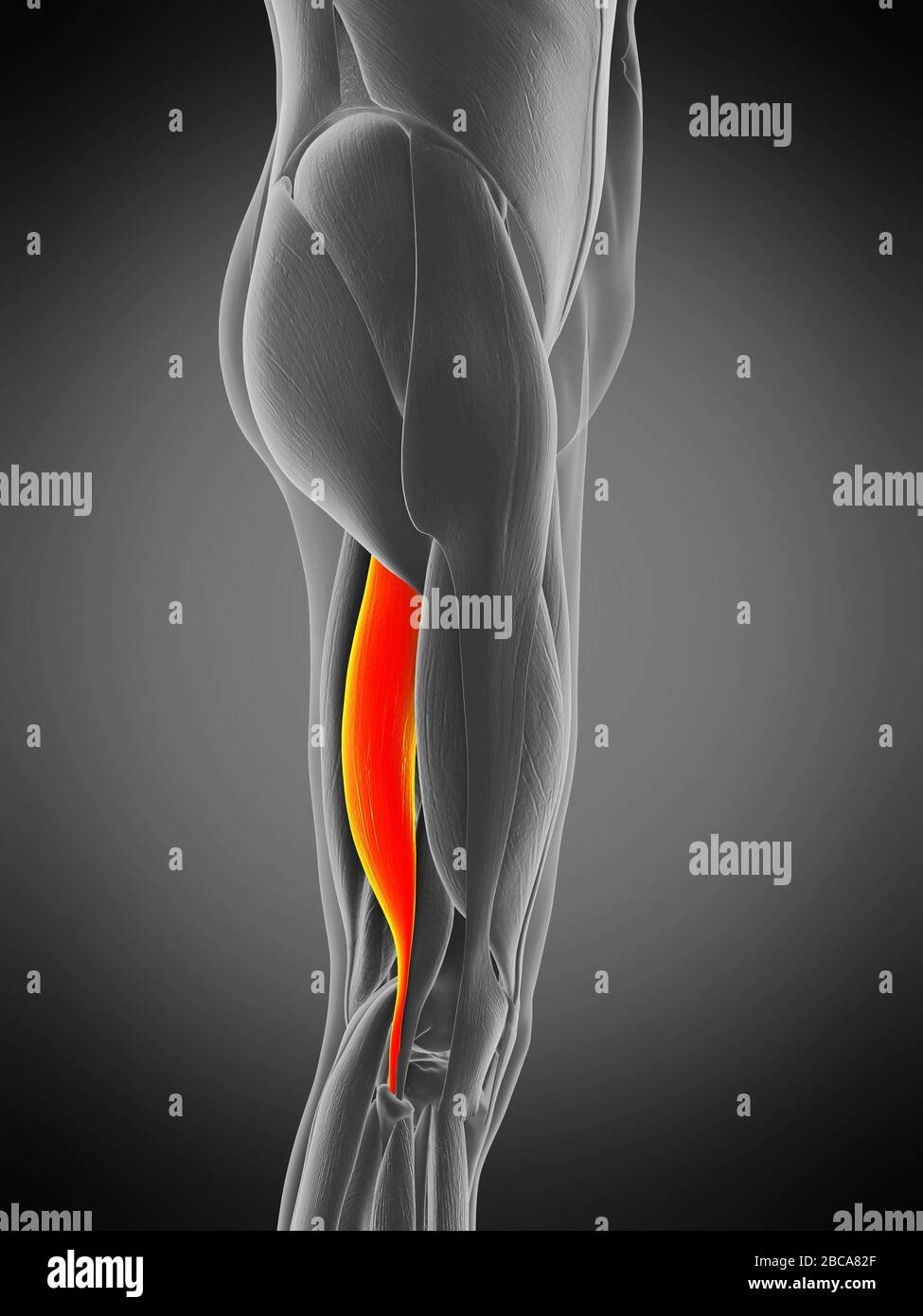
Biceps femoris longus muscle, illustration Stock Photo Alamy
Objective: The aim of the present study was to compare the fascicle length, pennation angle, muscle thickness and stiffness of the biceps femoris long head, and eccentric hamstring strength between injured dominant limbs, injured non-dominant limbs, uninjured dominant limbs and uninjured non-dominant legs in previously injured players, and between dominant and non-dominant legs in uninjured.